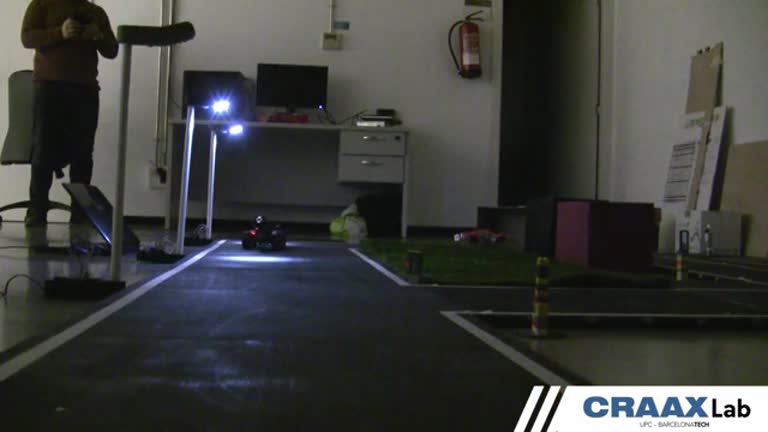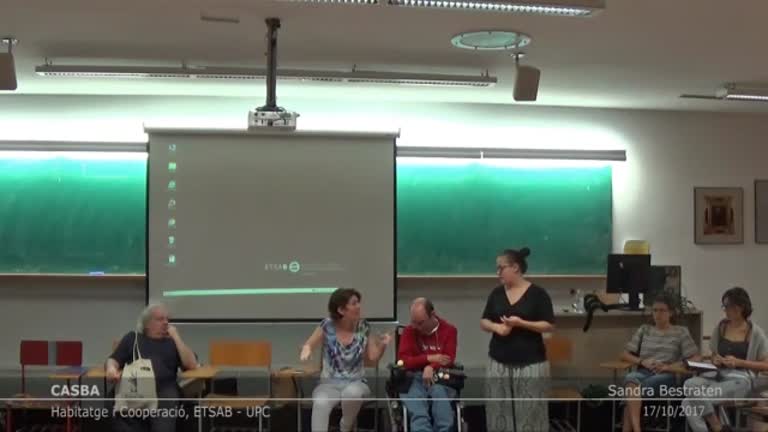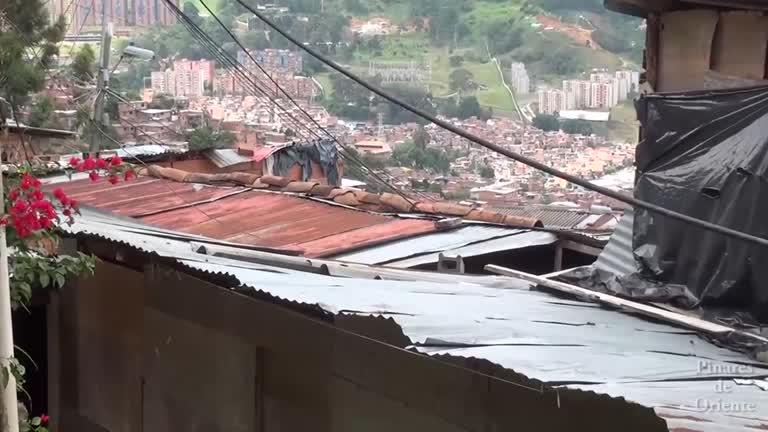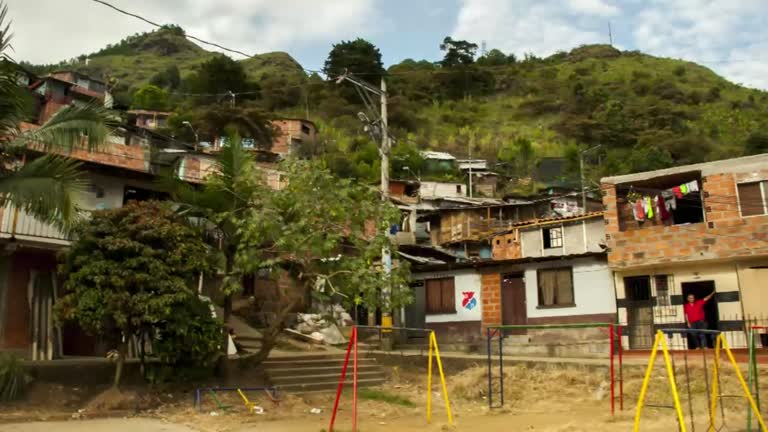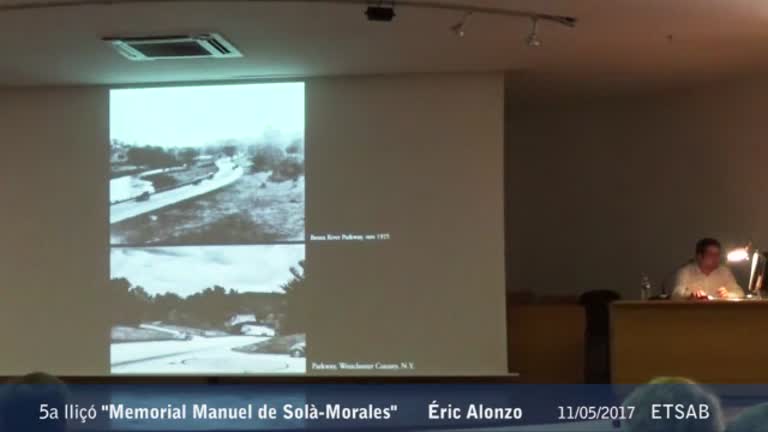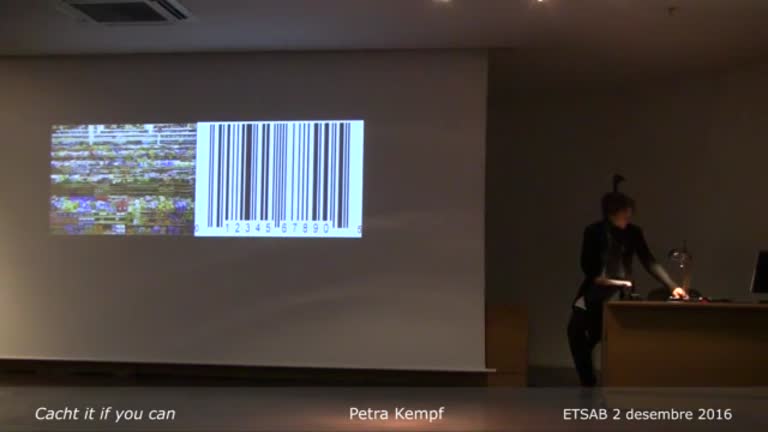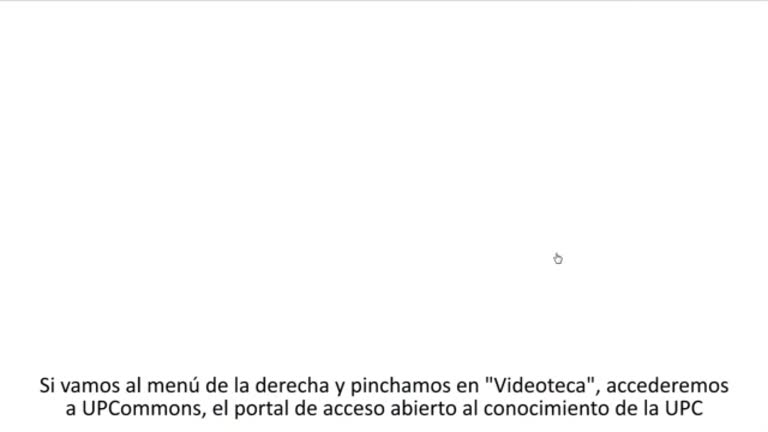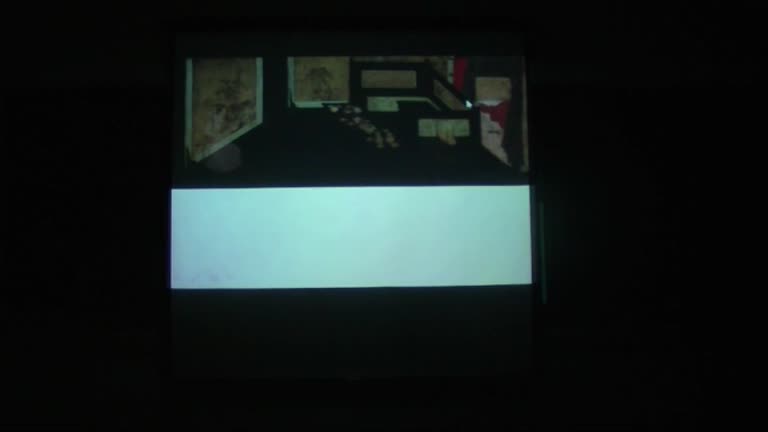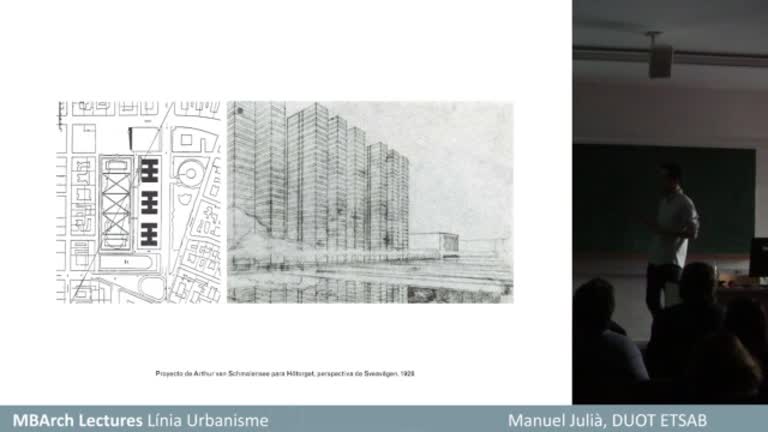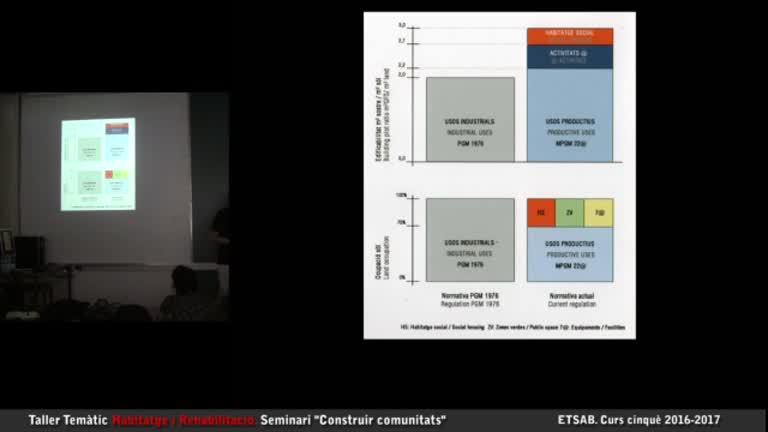Objectes multimèdia amb l’etiqueta: Urbanisme general
Resultats de la cerca
Smart lighting
Accés obert
1 de des. 2017
Projecte de la assignatura de Tecnologies d'Internet de la titulació del Màster Universitari en Enginyeria de Sistemes Automàtics i Electrònica Industrial (MUSAE) en la EPSEVG. El projecte tracta de la creació de fanals comunicats entre ells i la implementació del cas d'ús de il·luminació intel·ligent en una Smart City per regular la intensitat quan un cotxe o vianant circula pel carrer. Els fanals utilitzen Arduinos per el control i la comunicació d'aquests, amb un protocol de comunicació que permet encendre els fanals abans de el cotxe arribi o apagar per on ja s'ha passat.
CASBA. "Comerç Amic Sense Barreres"
Accés obert
17 d’oct. 2017
Preparació del treball de curs de l'assignatura "Habitatge i Cooperació" ETSAB, coordinada per la professora Sandra Bestraten.
Amb la participació de: Carles Gil Martínez; Joaquim Corral Torres; Anna Morancho Lluelles; Carles Pérez Mir i Josep Carretero.
El projecte 'Casc Antic Sense Barreres' (CASBA) de la UPC reconegut com a model d’innovació social en l’àmbit català, l’ha realitzat un grup de 70 estudiants de l’ETSAB, dirigits per la professora Sandra Bestraten, que han analitzat in situ l’accessibilitat física dels carrers i l’accés a comerços i equipaments dels barris de Sant Pere, Santa Caterina i la Ribera del nucli antic de Barcelona i proposen millores viables per garantir-ne l’accessibilitat. CASBA s’ha dut a terme juntament amb persones amb discapacitat residents en aquests barris i que formen part de la Comissió de Persones amb Discapacitat del Casc Antic, i amb el suport de la Càtedra d’Accessibilitat de la Universitat. Les solucions d’accessibilitat s’han lliurat als comerços analitzats i al districte de Ciutat Vella i a l’Institut Municipal de persones amb Discapacitat de l’Ajuntament de Barcelona.
Amb la participació de: Carles Gil Martínez; Joaquim Corral Torres; Anna Morancho Lluelles; Carles Pérez Mir i Josep Carretero.
El projecte 'Casc Antic Sense Barreres' (CASBA) de la UPC reconegut com a model d’innovació social en l’àmbit català, l’ha realitzat un grup de 70 estudiants de l’ETSAB, dirigits per la professora Sandra Bestraten, que han analitzat in situ l’accessibilitat física dels carrers i l’accés a comerços i equipaments dels barris de Sant Pere, Santa Caterina i la Ribera del nucli antic de Barcelona i proposen millores viables per garantir-ne l’accessibilitat. CASBA s’ha dut a terme juntament amb persones amb discapacitat residents en aquests barris i que formen part de la Comissió de Persones amb Discapacitat del Casc Antic, i amb el suport de la Càtedra d’Accessibilitat de la Universitat. Les solucions d’accessibilitat s’han lliurat als comerços analitzats i al districte de Ciutat Vella i a l’Institut Municipal de persones amb Discapacitat de l’Ajuntament de Barcelona.
Taller Internacional de Extensión Solidaria para el Mejoramiento Integral Barrial (MIB) de la Comunidad de Pinares de Oriente (C-8 Medellín) víctimas del desplazamiento forzado por el conflicto sociopolítico de Colombia
Accés obert
1 d’ag. 2017
La Facultad de Arquitectura y la Universidad Politécnica de Catalunya unen esfuerzos en un proyecto de extensión solidaria en el que trabajan por el mejoramiento de la calidad de vida de la población desplazada de Pinares de Oriente, bajo la dirección del profesor Rafael Rueda de la Escuela del Hábitat.
Taller para el mejoramiento integral barrial de la Comunidad Pinares de Oriente
Accés obert
1 d’ag. 2017
La Facultad de Arquitectura y la Universidad Politécnica de Cataluña unen esfuerzos en un proyecto de extensión solidaria en el que trabajan por el mejoramiento de la calidad de vida de la población desplazada de Pinares de Oriente, bajo la dirección del profesor Rafael Rueda de la Escuela del Hábitat.
La Arquitectura de la vía: hipótesis de lo no híbrido
Accés obert
11 de maig 2017
Conferència d'Éric Alonzo, Arquitecte urbanista, Professor de l'École d'Architecture de la Ville & des Territoires à Marne-la-Valleé, i Primer Premi Europeu Manuel de Solà-Morales 2017.
Presentació de l'acte a càrrec de Maria Rubert (DUOT-ETSAB):
Presentació de l'acte a càrrec de Maria Rubert (DUOT-ETSAB):
The First Manuel de Solà-Morales European Prize 2017
Accés obert
13 de març 2017
Eric Alonzo, professor de l’École d'Architecture de la ville et des territoires à Marne-la-Vallée, a França, ha rebut el Premi Europeu Manuel de Solà-Morales d’Urbanisme de la Universitat Politècnica de Catalunya (UPC), en la seva primera edició, per la seva recerca doctoral ‘L’architecture de la voie. Histoire et théories’, defensada a la Université Paris-Est.
El Premi s’ha lliurat el 13 de març, a la sala de Graus de l’Escola Tècnica Superior d’Arquitectura de Barcelona (ETSAB).
Intervenció de Frank Ghery, Professor and President of he Jury for the Firts Edition.
La Tesi sobre els carrers com arquitectura de l'espai urbà guanya el Premi Europeu Manuel de Solà-Morales
El Premi s’ha lliurat el 13 de març, a la sala de Graus de l’Escola Tècnica Superior d’Arquitectura de Barcelona (ETSAB).
Intervenció de Frank Ghery, Professor and President of he Jury for the Firts Edition.
La Tesi sobre els carrers com arquitectura de l'espai urbà guanya el Premi Europeu Manuel de Solà-Morales
Catch it if you can
Accés obert
2 de des. 2016
Conferència de l'Urbanista Petra Kempf per Urbanistica II - M. Presentació a càrrec de Maria Rubert (DUOT ETSAB), i coordinadora de l'assignatura.
Tutorial de la Videoteca ETSAB UPCommons
Accés obert
29 de nov. 2016
Tutorial presentació de la Videoteca de l'ETSAB a UPCommons a càrrec de Clàudia Borrás, estudiant de Fotografia CTIM UPC.
Convergence & Identity
Accés obert
13 de nov. 2016
Conferència de Zhu Yufan, Professor associat Institut of Landscape Architecture, Scool of Architecture Tsinghua University. Presentació a càrrec de Miquel Vidal, Departament d'Urbanisme i Ordenació del Territori ETSAB.
Umbrales urbanos. Espacios de oportunidad en las infraestructuras de la ciudad contemporánea.
Accés obert
3 de nov. 2016
Conferència de Manuel Julià, Professor del Departament d'Urbanisme. Presentació a càrrec d' Estanislau Roca, Director de DUOT ETSAB.
Planejament urbanístic al Poblenou
Accés obert
4 d’oct. 2016
Conferència de Ricard Fayos, Arquitecte, pel Taller Temàtic Habitatge i Rehabilitació. Presentació a càrrec d'Antoni Ramón, Composició Arquitectònica ETSAB.
Reptes de la regeneració urbanística
Accés obert
9 de març 2016
Conferència d'Estanislau Roca, Director DUOT ETSAB, pel cicle de conferències "Reciclatge urbà". presentat per Daniel Navas, DUOT ETSAB i coordinador de l'assignatura.


